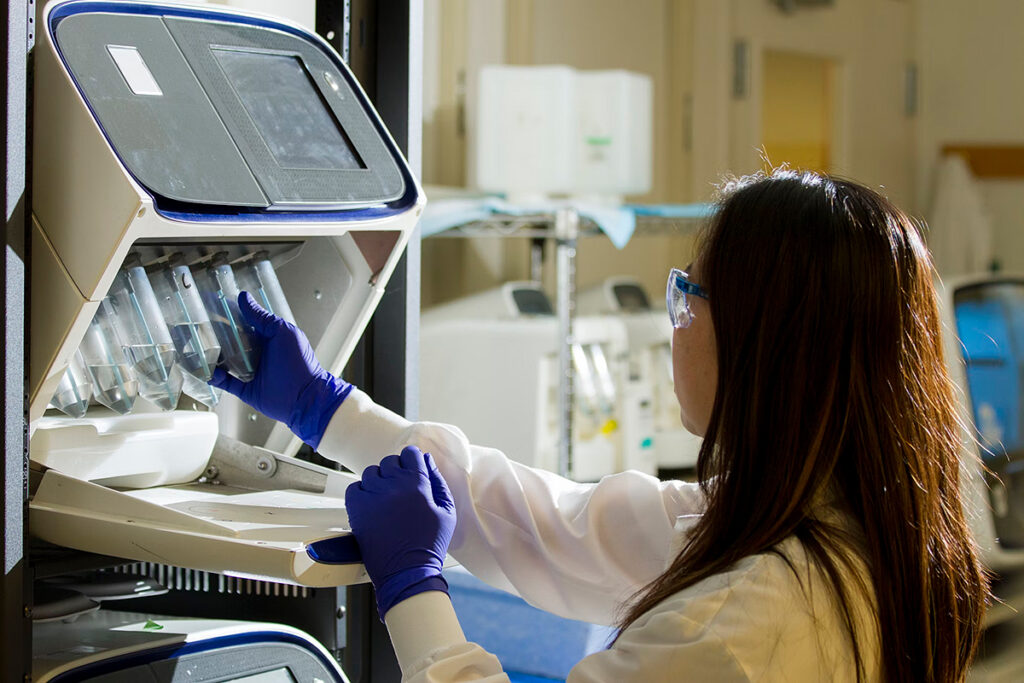The innate immune system serves as a critical barrier against infection. The Omicron strain of the coronavirus has learned to shield itself from the innate immune response, partly through mutations in the spike protein and increased activity of the Orf6 gene. Orf6 interferes with the function of proteins that stimulate the activation of genes crucial for antiviral responses, thus rendering the immune defense against viruses less effective.
Evading the immune response facilitates easier transmission of the infection, supported by observations in COVID-19 patients, where early immune response enhancement in the respiratory tract quickly diminishes after symptom onset. Following the establishment of infection, immune suppression can lead to higher viral loads and, consequently, more severe symptoms. It has been observed that children who initially exhibit higher activity of antiviral genes and a stronger immune response experience milder illness compared to adults. Conversely, disruptions in immune defense mechanisms and the presence of autoantibodies to interferons are associated with severe COVID-19.
The viral gene Orf6 plays a significant role in dampening the immune response to infection
Later variants of Omicron exhibit enhanced expression of Orf6, which may explain their heightened pathogenicity. Additionally, animal studies have shown that mutation in Orf6 leads to less severe disease and faster recovery despite comparable viral loads in the nose and lungs.
BA.4 and BA.5 induce less activation of the innate immune system compared to early Omicron subvariants
The interferon response and expression of interferon-stimulated genes in respiratory tract cells infected with BA.4 and BA.5 are lower than those infected with BA.1 and BA.2. This confirms that later subvariants of Omicron may be more effective at suppressing the early immune response. Moreover, BA.4 replicates slowly, which may also contribute to decreased activation of the innate immune system. On the other hand, the replication rate of BA.5 is approximately the same as that of BA.1 and BA.2; however, BA.5 induces a significantly lower immune response. Decreased activation of the immune system facilitates easier viral entry into cells and more active viral replication.
Useful article, necessary information? Share it!
Someone will also find it useful and necessary:
Reference
Evolution of enhanced innate immune suppression by SARS-CoV-2 Omicron subvariants



